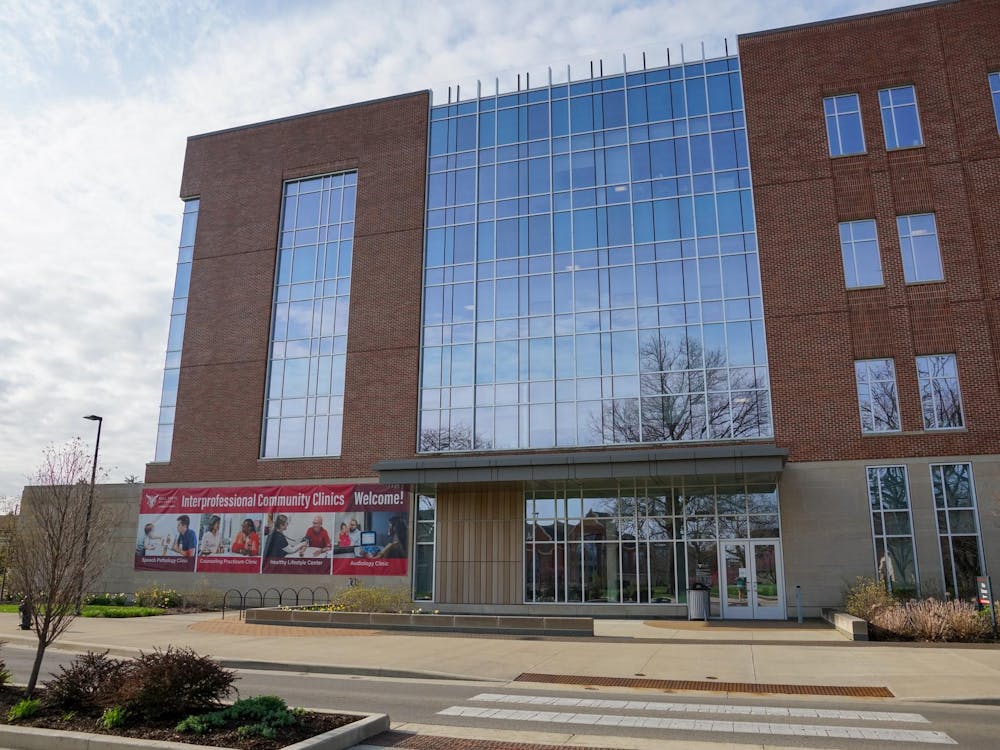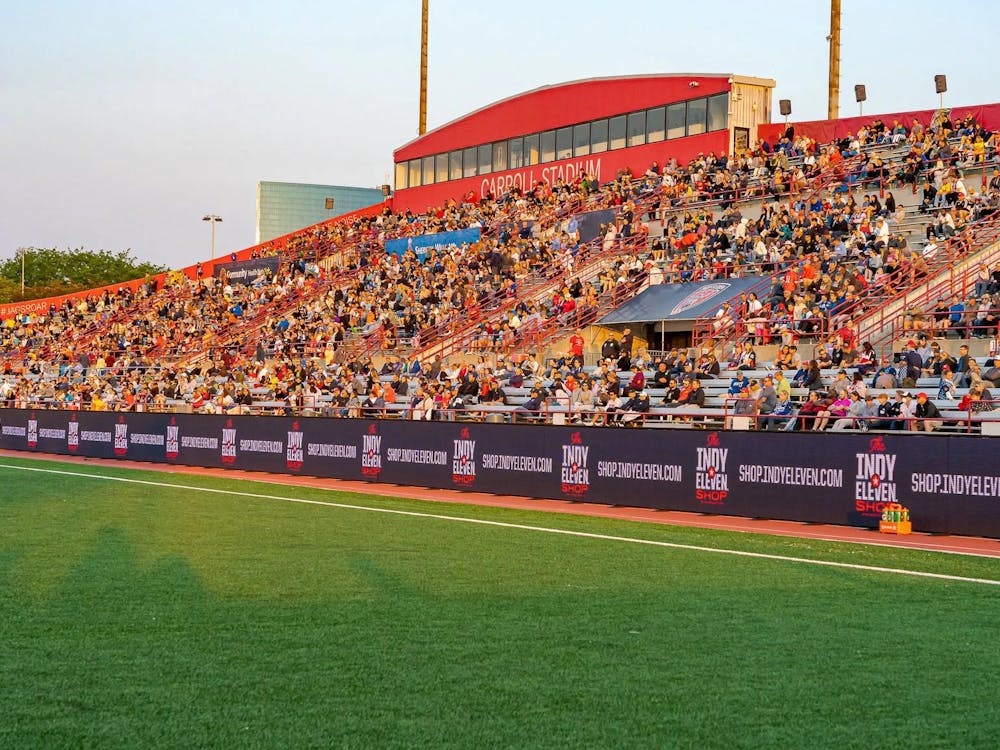Cyclists are hitting the trails of Muncie and the streets of Ball State to take advantage of the growing cycling community in the area.
The possibility of bike lanes becoming new additions to Muncie is being discussed, but organizers know the idea will take time and money to become a reality.
Bike lanes could also be the answer to adding even more growth within the community.
"It could promote more commuting for people on bikes if there is a safe way to get to work and class," Marie Locke, a sales associate at Kirk's Bike Shop, said. "It would give a lot more freedom to people who ride bikes. They wouldn't have to be so scared that they are going to get sideswiped by a car."
"We are working with the city to identify areas where bike lanes might be feasible," said Marta Moody, executive director of Delaware-Muncie Metropolitan Plan Commission. "You need a certain pavement width to do that without getting more involved in reconstruction."
With the need for specific pavement width, the hunt for bike lane locations is a challenging task.
"The most inexpensive way to start putting bike lanes in is to utilize existing pavement but a lot of the streets, the way they are, don't really lend themselves to bike lanes," Moody said. "There are a lot of streets that could be reworked so they have bike lanes but it would involve taking on-street parking off and that can be problematic in certain areas."
Moody is mainly focusing on the downtown area for the possibility of bike lanes, and is hoping they might be able to put some in soon.
Although discussions are taking place, nothing will be occurring in the near future with bike lanes.
"What we need to do is prioritize where we might want to do actual reconstruction projects for bike lanes," Moody said. "That will be far in the future because of scarce resources."
Bike lanes wouldn't necessarily solve problems between drivers and riders.
"There's always going to be a clash between riders and cars," said John Callahan, Ball State cycling club president. "The best thing the city could do is promote awareness of cyclists as commuters or recreational riders."
With Muncie hoping to change to a more cyclist-friendly city, the chances of attracting a variety of different business and individuals is higher.
"I think that a biker-friendly community tends to have amenities that attract people and companies to move there," said Larry Strange, a Muncie Action Plan coordinator. "It's a benefit for the community when companies move in."
Not only is the biking community positive for businesses but also for the well-being of the overall community.
"It gives more people the opportunity to exercise and make Muncie a healthier community," Bob Huston, of the Cardinal Greenways, said.
The Cardinal Greenways are the result of a rails-to-trails project that converted old unused railroad tracks and turned them into a 53-mile area for cyclists, walkers, joggers and runners to utilize.
But with the lack of bike lanes, many don't see Muncie being as safe as it should be for cyclists and there are certain areas of town that are simply unsuitable for cycling in general.
With more people behind the handlebars in the upcoming months, safety continues to be an issue.
"It could be safer if they put in bike lanes, especially on campus," Locke said. "I know there have been quite a few accidents in the last few years."
Although the city doesn't have bike lanes, an extensive trail network helps to keep cyclists safe throughout the year.
Alertness of cyclists is also an important factor and could make Muncie safer for the biking community.
"Just general awareness of the public that bikes are on the street and more signage related to biking could help," Strange said.
Community involvement also plays an important role in this equation, and the community could be more bike aware and keep an eye out for bikes, because cars don't generally look out for cyclists, said Hutson.
With less students on campus during the summer, the best thing for cyclists to do is be proactive, Callahan said.
"The rule I always follow is you can never assume that a car or any other person sees you," Callahan said. "Always ensure that they can see you before you make a move."
Being cautious during summer on campus is key.
"It's a big jump in the number of people who might not see me or look for me as a cyclist when there are less people on campus," he said. "Driving through campus you are less likely to look for cyclists than a regular school day [during the school year] and you are traveling with the assumption that there are less cyclists."
Although cyclists will continue to ride through campus and the city during summer despite no bike lanes, attention is beginning to focus on the subject and will continue to have advocates into the future.
"We want to focus on the downtown area and then we will sort of broaden that out to other parts of the city and see where we might be able to make those inexpensive changes," Moody said.
-á




